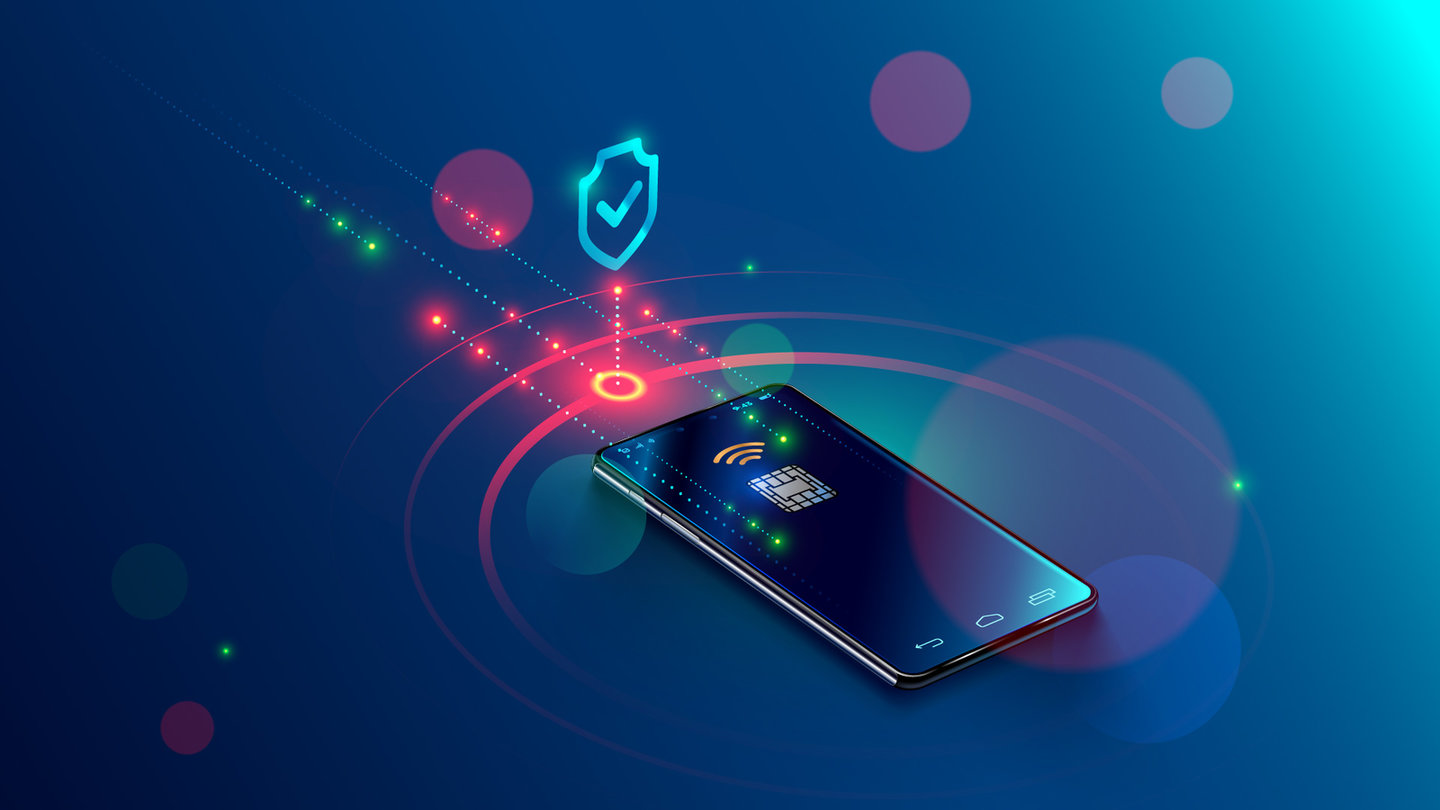CONSUMER INSIGHT
Gen Z drives forward the adoption of NFC smart packaging
Younger consumers’ expectations are steadily reshaping the future of packaging, particularly the adoption of smart packaging. Gillian Ewers, VP of marketing at PragmatIC, explores the evolution being driven by Gen Z.
Image courtesy of Anna Schlosser / Shutterstock.com
It’s no secret that the retail industry has been struggling in recent times with high street shop closures and job losses. Many believe that the rise of online shopping is to blame, and there is an assumption that this is being fuelled by the tech-obsessed 2.5 billion Generation Zers just doing everything online.
However, research from the National Retail Federation and IBM revealed that 67% of Gen Z still prefer to shop in physical stores. Yes, technology is important to them, but only if it adds value and enhances their experience.
The report also revealed that, in fact, Gen Z wanted to have more engagement with brands. For example, they want to know if a brand is eco-friendly and socially responsible, and to understand the quality of the goods that they are buying. Given that Gen Zers spend up to 7 hours per day online and are heavily influenced by their peers, it seems logical for brands to make use of the technology available that can link the physical products they sell to the digital world this age group lives in.
Adding intelligence and interactivity with NFC technology
Near field communication (NFC) technology offers an interesting opportunity. NFC tags can be embedded into packaging to add intelligence and interactivity into everyday goods. NFC is a specific type of radio frequency identification (RFID) system, that we are familiar with because we use it when we tap our credit/debit cards or smartphone to pay for purchases in stores, cafes etc.
These NFC tags contain unique identifiers by item, not just product type, so content can be personalised, location specific and dynamic. For example, if a customer interacts with a product whilst it is on the shelf, they can be given information about the product’s provenance, links to reviews on social media, and a sale could be encouraged by offering a coupon or linking information from any loyalty programme. Alternatively, when at home, tapping on the product packaging could deliver user guides, the product story and re-ordering information.
Around 80% of smartphone owners now have NFC readers in their hands
NFC tags satisfy the appetite of Gen Z for useful technology and can provide them with a frictionless interface to the information they require; plus, unlike barcodes and QR codes, they do not need to be visible. They can be integrated underneath existing packaging and labels discreetly, without interfering with the packaging design.
NFC technology is also more resistant to cloning; the unique ID prevents counterfeiting and enables authentication of the product. As around 80% of smartphone owners now have NFC readers in their hands, the time is right for this technology to be fully exploited. Gen Z are already the most frequent users of NFC for mobile banking and mobile payments, so embracing applications that use the same technology will not be a barrier.

Information delivery to aid in the war on waste
The use cases of NFC smart packaging go far beyond boosting the retail sector. NFC could also play a role in the war on waste.
The World Bank estimates that, on average globally, each person generates 1.2kg of waste per day. As the population grows, so does the seriousness of this problem. Consider the one billion plastic bottles purchased around the world every minute, of which less than 50% are collected for recycling and only 7% are turned into new bottles. If we could increase recycling to 97%, there is the potential to save around 18 million tonnes of CO2e.
This is an issue that Gen Z is especially concerned about. NFC could be used to deliver access to clear and localised information, making it much easier to understand how and where to recycle the product and its packaging.
NFC could also be used to incentivise consumers. For example, a smart recycling bin could count the number of items that are placed into it and give credits for how much is collected. Gen Z consumers are likely to be the driving force pushing for these environmental initiatives to be widely adopted.
New technologies and production processes are emerging that significantly reduce the cost of the key tag components
If the benefits and potential of this technology are clear and there is demand from Gen Z to see these changes, why is NFC-enabled smart packaging not seen everywhere already?
There have been many examples of NFC smart packaging in the retail sector: Johnnie Walker, Rémy Martin, Malibu and Ferngrove Wine Group have all implemented trials. These NFC-based campaigns have mostly been restricted to high-value goods with high profit margins, in low-volume product trials and marketing promotions. The reason is mostly two-fold: firstly, the cost of the NFC/RFID tags has been high and secondly, the software to handle the data has been immature.
Fortunately, more companies are now offering great complete turnkey platform solutions and software packages. Plus, new technologies and production processes are emerging that significantly reduce the cost of the key tag components, such as the integrated circuit which is the brain in the NFC tag. These developments will power the mass-market adoption of NFC smart packaging in the near future and deliver the brand engagement that the Gen Zers are demanding.